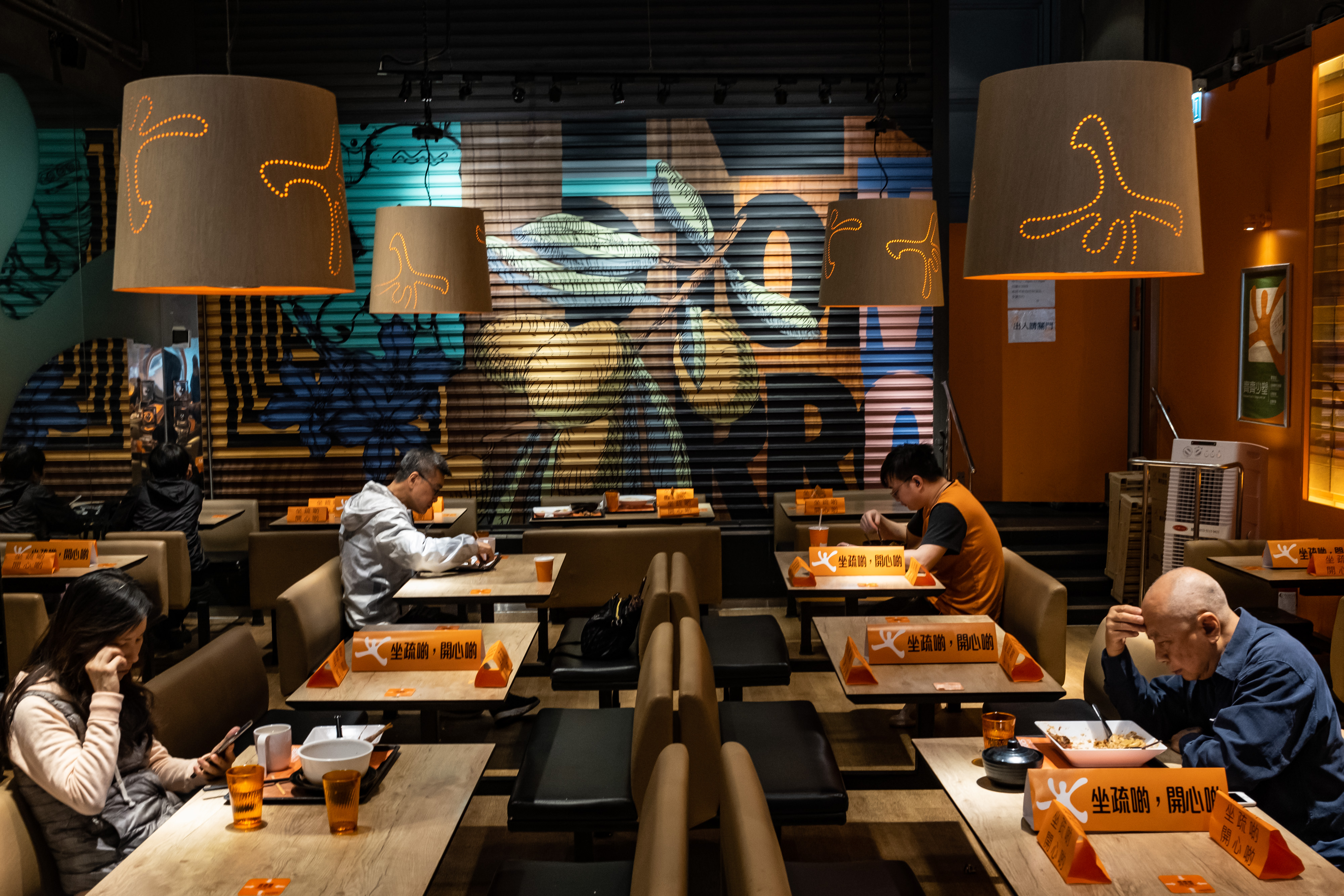A group of 239 scientists says there’s growing evidence covid-19 is airborne

The news: A group of 239 scientists from 32 countries have written an open letter to the World Health Organization arguing that covid-19 can be transmitted through the air. You might think we know that already, but most current guidance is based on the idea that covid-19 is transmitted via droplets expelled from an infected person’s nose or mouth. The thought is that these larger respiratory droplets quickly fall to the floor. That's the position the WHO has taken from early on in the pandemic, and that’s why we have been keeping at a distance from one other. However, the signatories of the open letter say the organization is underestimating the role of airborne transmission, where much smaller droplets (called aerosols) stay suspended in the air. These aerosols can travel farther than droplets and linger in an area even when an infected person has left.
What’s the evidence? The letter says multiple studies “have demonstrated beyond any reasonable doubt that viruses are released during exhalation, talking, and coughing in microdroplets small enough to remain aloft in air.” It says these microdroplets “pose a risk of exposure at distances beyond 1 to 2 m from an infected individual.” An early laboratory study carried out by the US National Institutes of Health found that the coronavirus can linger in the air for up to four hours in aerosol form. The coronavirus was also detected in aerosols collected at two hospitals in Wuhan, China, according to a study published in Nature in April. And superspreading events add to the weight of evidence: for example, after a choir practice in the US nearly 50 people were infected even though they kept a safe distance apart.
The implications: If airborne transmission is a route for the spread of the virus, it could lead to changes in the current advice. It would suggest that social distancing may be insufficient, especially indoors. This may place yet more importance on mask-wearing around people who are not part of your household if you meet them indoors, even if you are distancing, and increasing ventilation in enclosed areas. It could make air-filtering systems more important to try to cut down on the recirculation of air. And it might mean health-care workers caring for coronavirus patients need the highest grade of mask—N95—to filter out the smallest droplets.
Editor's note: After we published this story, we asked what other solutions besides masks and disinfectants we should focus on to fight the coronavirus if it really is airborne. You can read that story here.
Deep Dive
Biotechnology and health
How scientists traced a mysterious covid case back to six toilets
When wastewater surveillance turns into a hunt for a single infected individual, the ethics get tricky.
An AI-driven “factory of drugs” claims to have hit a big milestone
Insilico is part of a wave of companies betting on AI as the "next amazing revolution" in biology
The quest to legitimize longevity medicine
Longevity clinics offer a mix of services that largely cater to the wealthy. Now there’s a push to establish their work as a credible medical field.
There is a new most expensive drug in the world. Price tag: $4.25 million
But will the latest gene therapy suffer the curse of the costliest drug?
Stay connected
Get the latest updates from
MIT Technology Review
Discover special offers, top stories, upcoming events, and more.